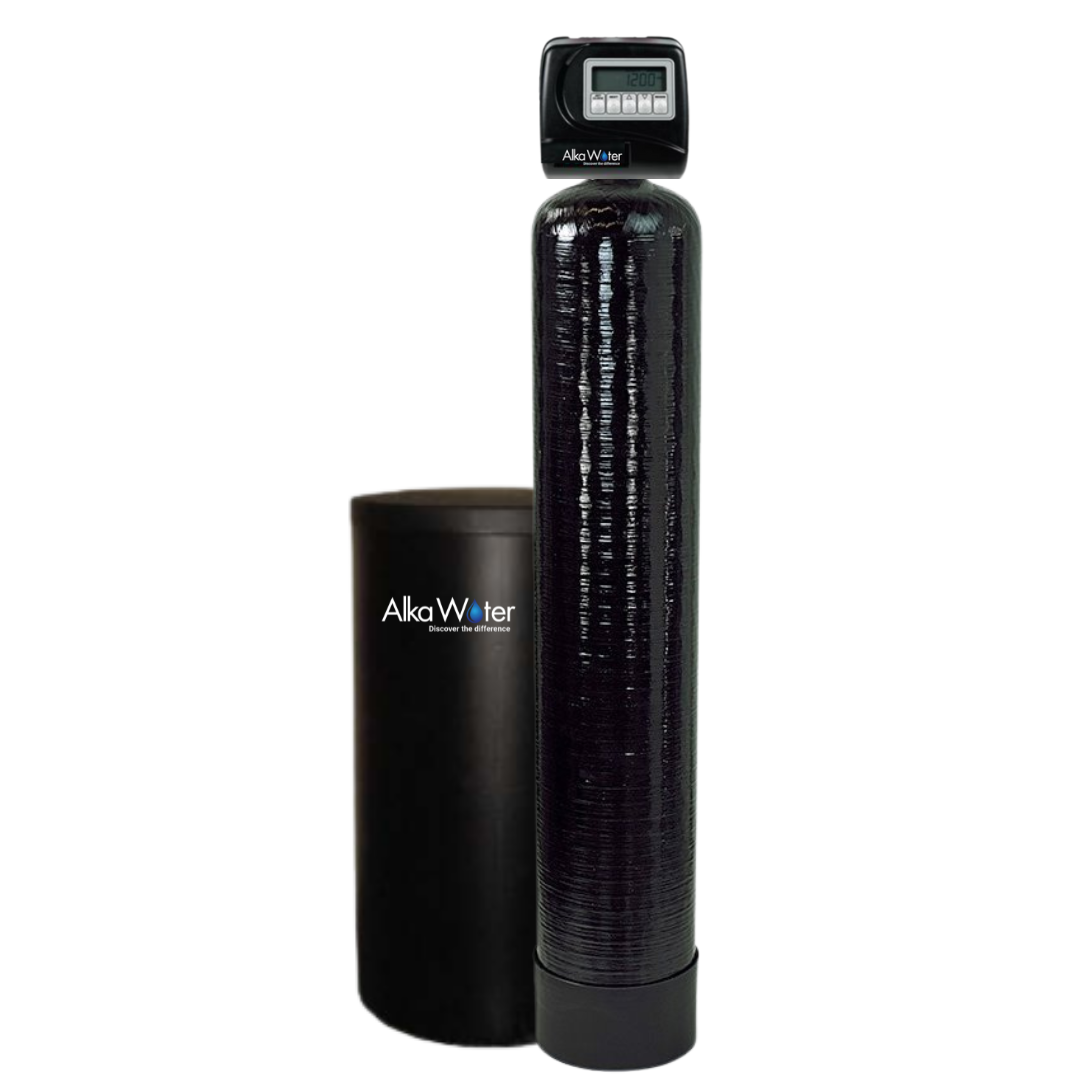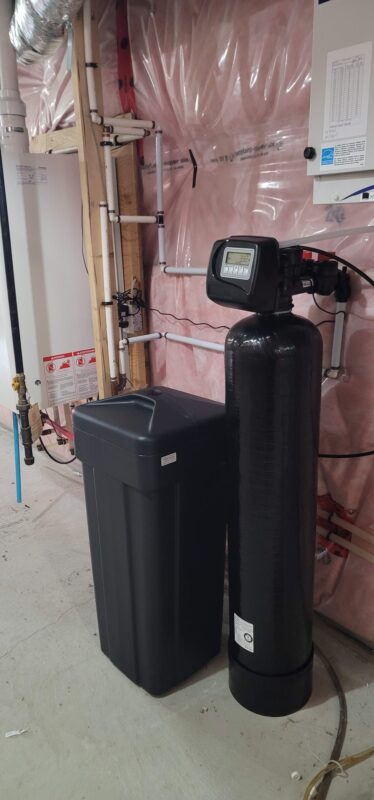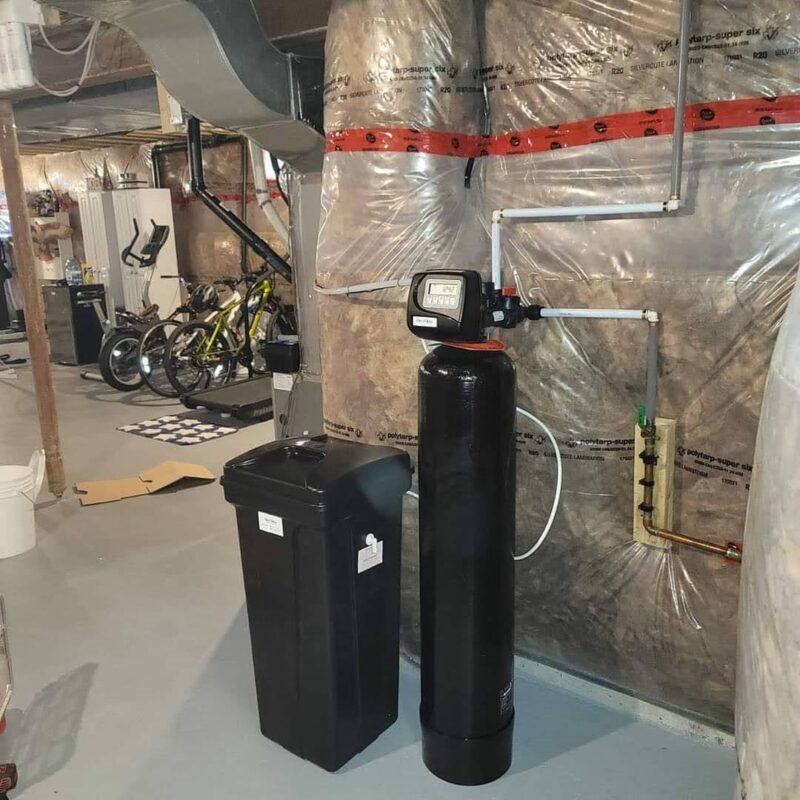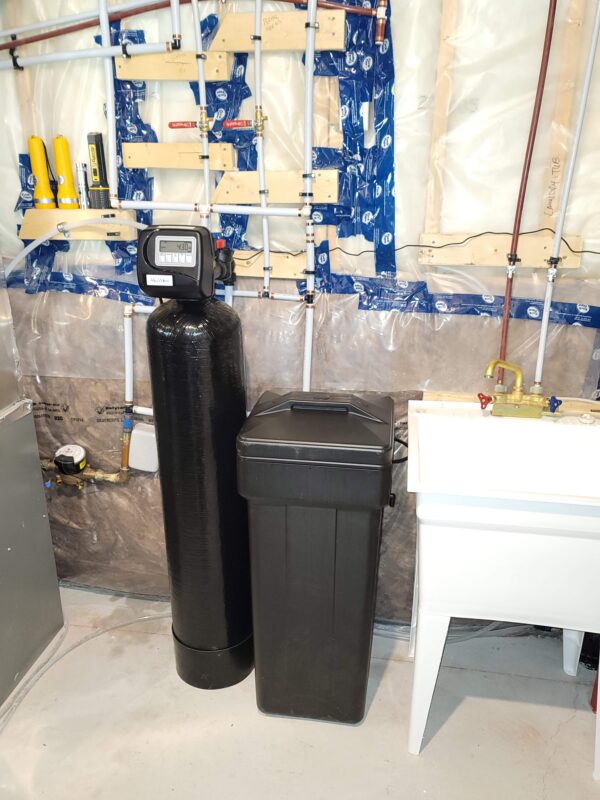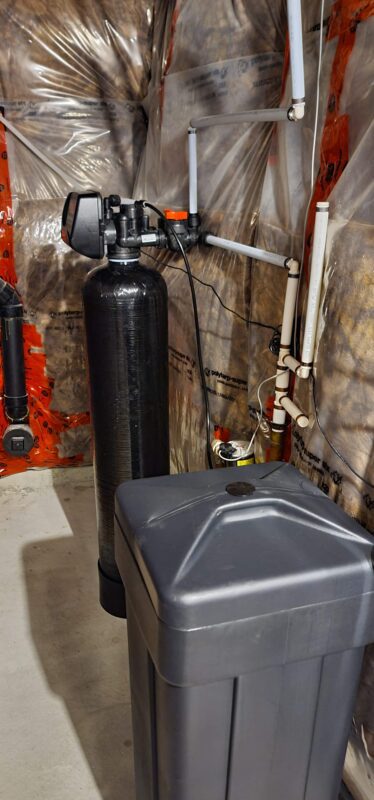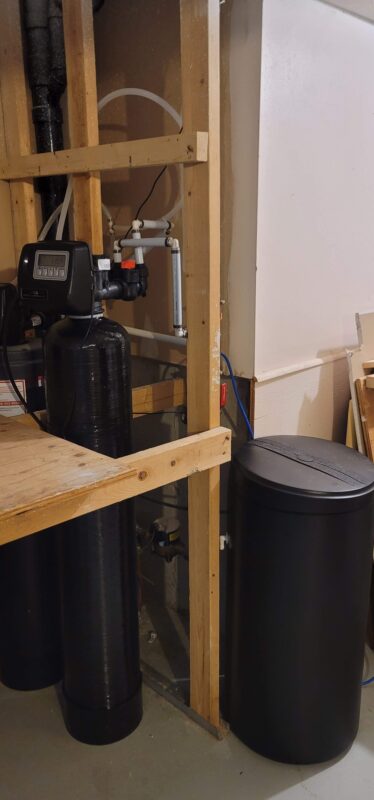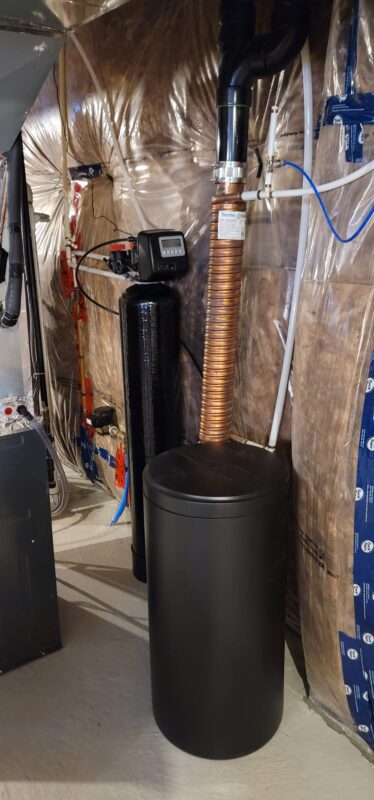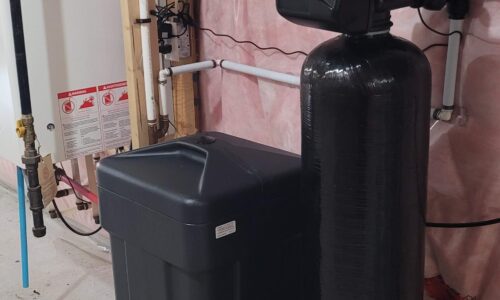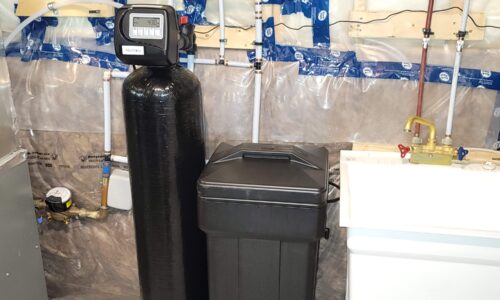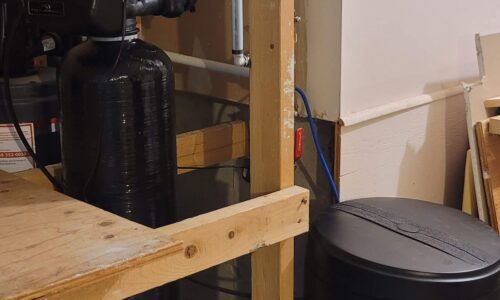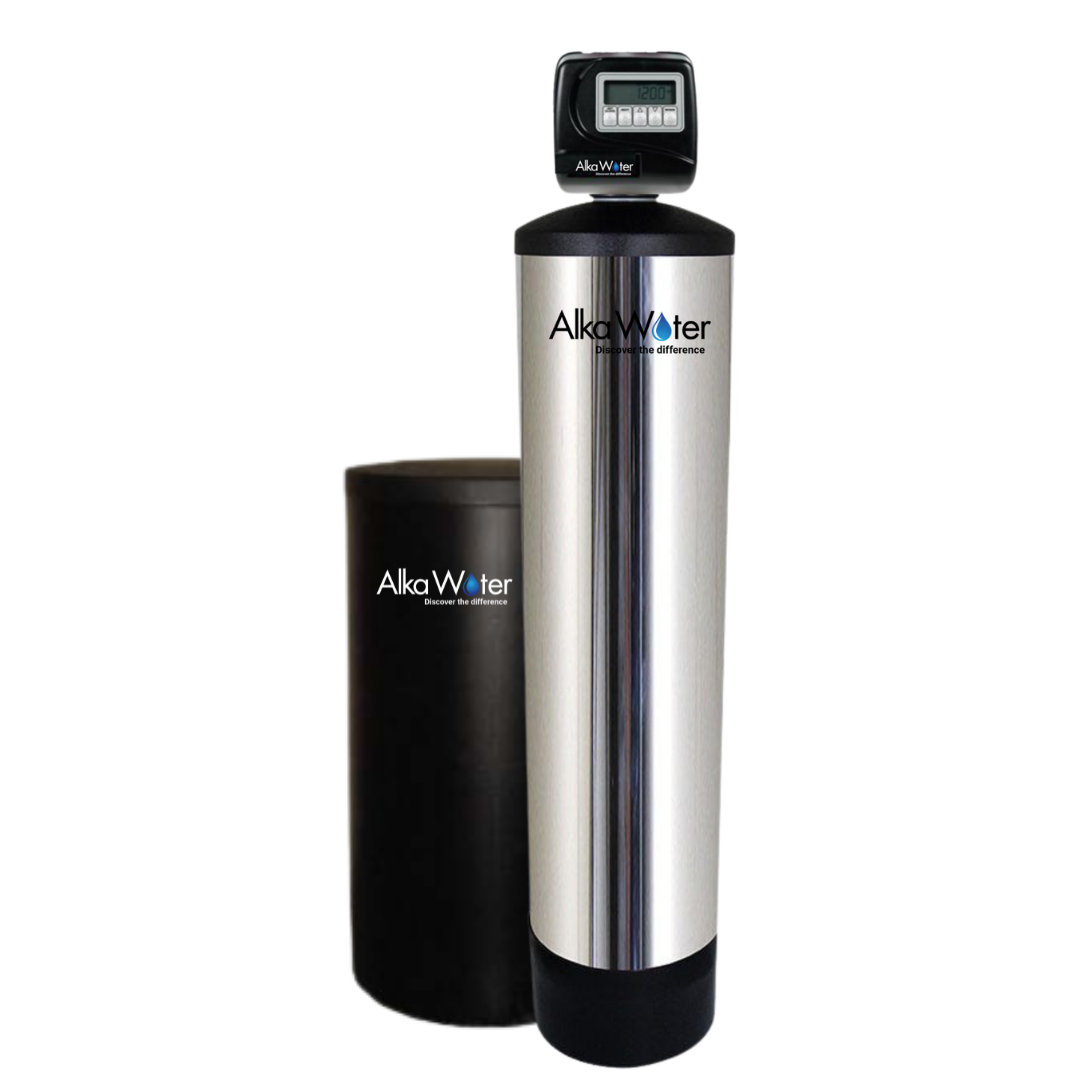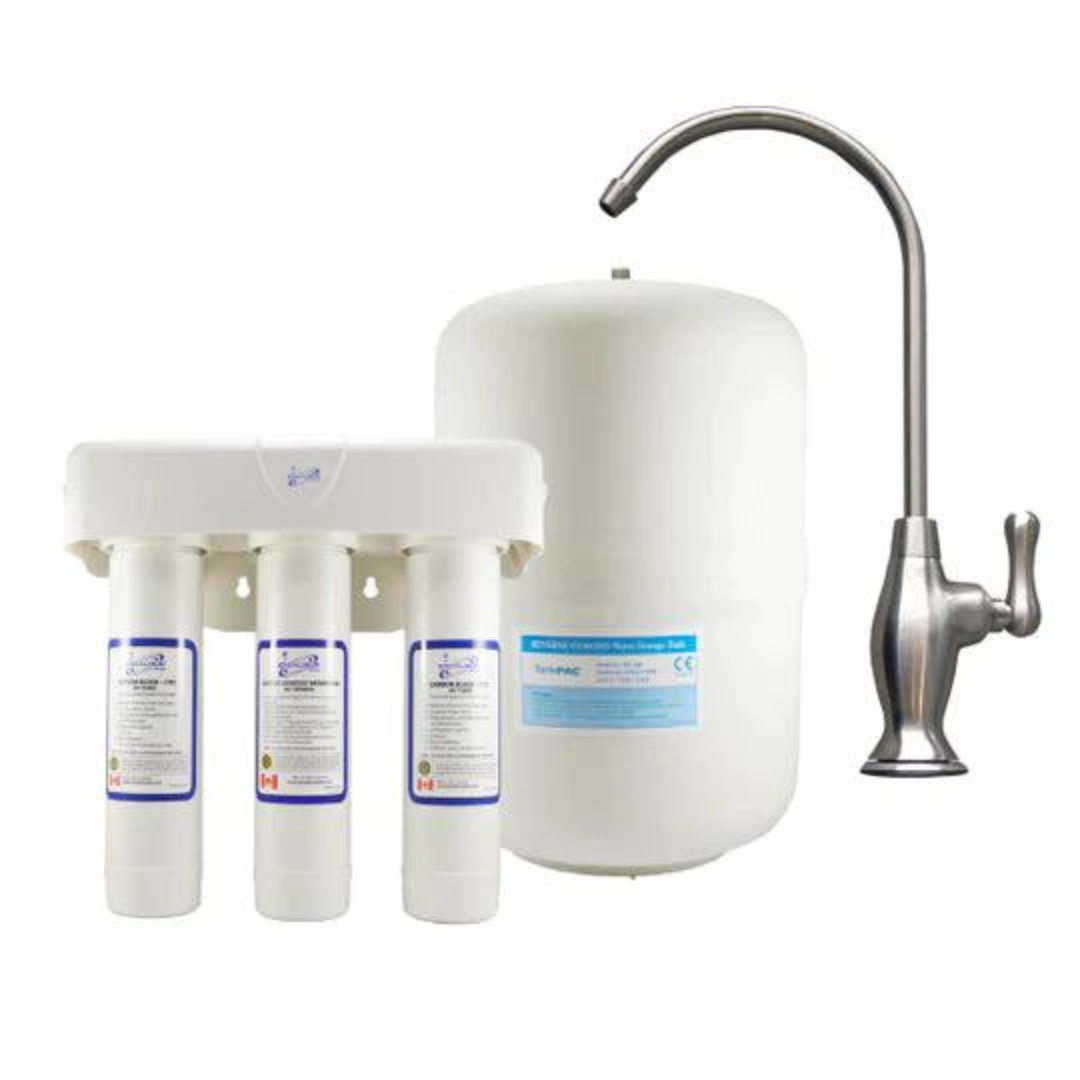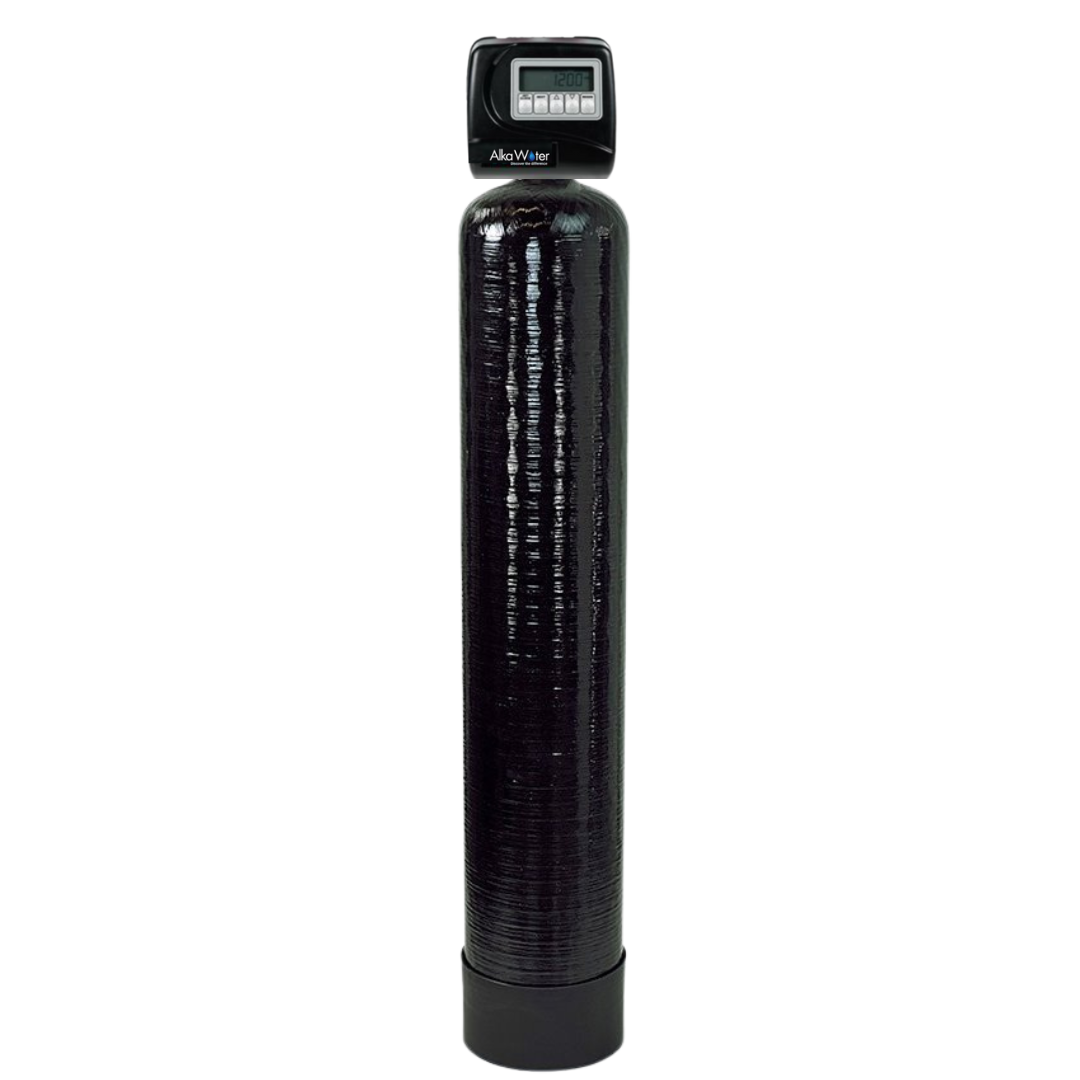Water Softener Value Series
Alka Water Softener is ideal for whole-home water softening. It allows for the removal of common household contaminants, such as calcium and magnesium, giving your family soft, silky water without hardness.
| Resin Volume | Manufacturer Warranty | Tank Size |
| 30 000 Grain | 7 Year | 9″ X 48″ |
| 45 000 Grain | 7 Year | 10″ X 54″ |
Financing Available
It utilizes high-quality Canadian-made aldex resin media and a Clack metered control valve, which efficiently reduces water wastage by 30% for reliable pure water.
Having hard water can lead to numerous problems in your home like cloudy dishware, soap scum buildup, and plumbing issues. All these issues can be fixed with the Alka Water Softener.
Soft water means soft skin and hair, spotless clean dishware, bright clean laundry, and the life of your water-using appliances is extended due to no more hard water stains to clean.
The result is more brilliant water through better science, which saves you time and money.
System Benefits


